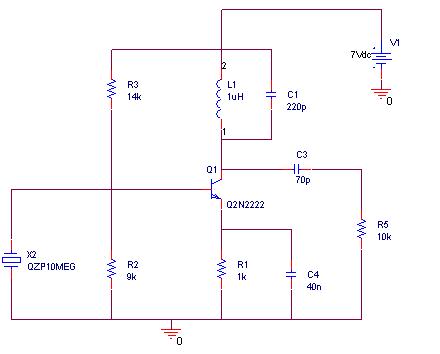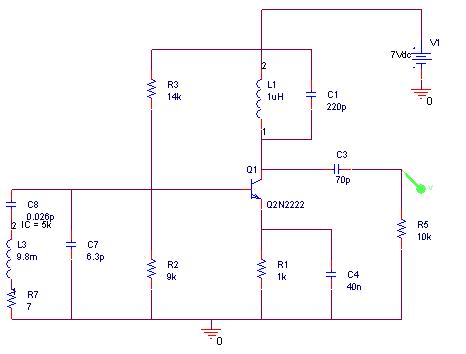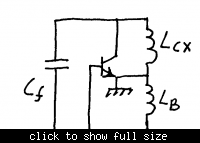viperpaki007
Full Member level 5

I want to simulate 27MHz transmitter circuit in PSPICE. Circuit diagram is given as Figure-1 in following link.
http://talkingelectronics.com/projects/27MHz Transmitters/27MHzLinks-1.html#Receiver for Tx_A
At the moment I am not including any antenna and just want to check the oscillations at transistor collector in PSPICE. Firstly, I am not able to find 27MHz xtal model in PSPICE. There is a xtal library in PSPICE with some xtals but I have no idea about their resonance frequency and how to edit the resonance frequency in the model. Where I can find the 27MHz xtal model for Pspice and also from where I can find the description for existing crystal models in PSPICE.
Moreover, how I will put the initial condition in PSPICE for the oscillations to start.
regards
http://talkingelectronics.com/projects/27MHz Transmitters/27MHzLinks-1.html#Receiver for Tx_A
At the moment I am not including any antenna and just want to check the oscillations at transistor collector in PSPICE. Firstly, I am not able to find 27MHz xtal model in PSPICE. There is a xtal library in PSPICE with some xtals but I have no idea about their resonance frequency and how to edit the resonance frequency in the model. Where I can find the 27MHz xtal model for Pspice and also from where I can find the description for existing crystal models in PSPICE.
Moreover, how I will put the initial condition in PSPICE for the oscillations to start.
regards




